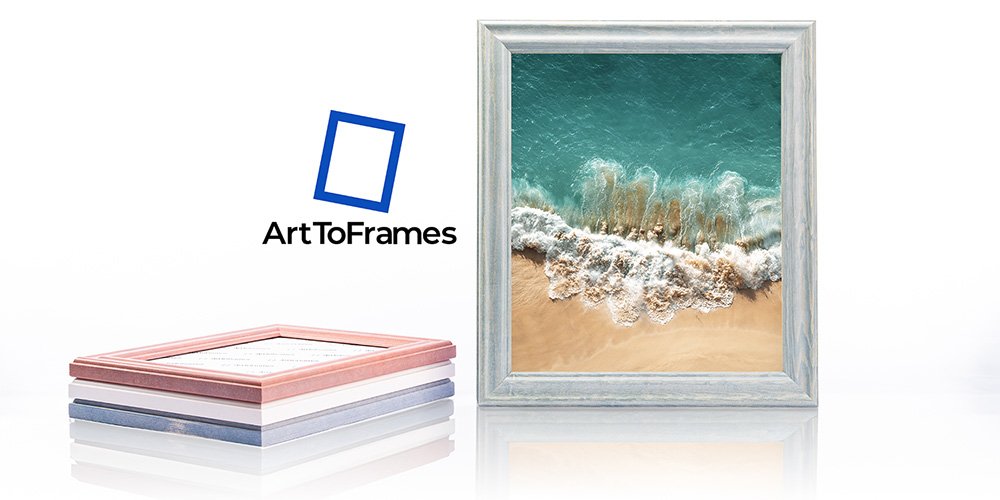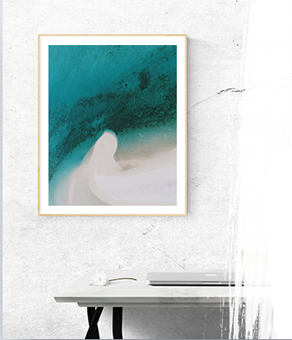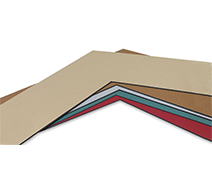
Choosing the Right Glass for Picture Frames
Enhance Your Art’s Beauty and Longevity
When it comes to framing artwork or photographs, the type of glass you choose plays a crucial role in preserving and showcasing your piece. The right glass can reduce glare, protect against UV damage, and even enhance the overall presentation. In this guide, we’ll explore the different types of picture frame glass, their benefits, and why upgrading to premium options like museum glass is worth the investment.
Types of Glass for Picture Frames
Not all glass is created equal! Below are the most common types of picture frame glass and how they compare:
1. Regular Glass
- Affordable option
- No UV protection
- Reflective and causes glare
Standard glass is the most common and budget-friendly option, but it lacks UV protection and glare reduction. It works best in areas with controlled lighting where sun exposure won’t be an issue.
2. Reflection Control Glass
- Reduces glare
- Improves visibility of artwork
- Minimal UV protection
Unlike regular "non-glare" glass, reflection control glass scatters light to reduce reflections, making your artwork more visible from all angles. It’s ideal for rooms with bright lighting or overhead fixtures.
3. UV Protection Glass
- Blocks up to 99% of UV rays
- Prevents fading and discoloration
- Does not reduce glare
If you’re displaying valuable artwork, photographs, or collectibles, UV protection glass is a must. It prevents fading caused by the sun’s harmful rays, ensuring long-term preservation.
4. UV + Reflection Control Glass
- Best of both worlds – glare reduction & UV protection
- Keeps colors vibrant over time
- Slightly higher cost
For those who want both glare reduction and UV protection, this combination glass is a great upgrade. It helps protect your artwork from damage while making it easier to view without harsh reflections.
5. Museum Glass – The Best Option
- Almost completely invisible (<1% reflection)
- Blocks 99% of UV rays
- Highest clarity and light transmission
Museum glass is the gold standard for picture framing. It’s used in galleries, museums, and high-end displays because it offers unparalleled clarity and protection. If you want your artwork to look its absolute best while ensuring maximum preservation, this is the way to go!
How to Properly Clean Your Picture Frame Glass
Cleaning UV Protection, Reflection Control, and Museum Glass
- Step 1: Mix a 1:1 solution of distilled water and isopropyl alcohol.
- Step 2: Apply the solution to a microfiber cloth, not directly on the glass.
- Step 3: Gently clean the glass in a circular motion to avoid damaging the coating.
- Step 4: Use a dry microfiber cloth to remove excess moisture and prevent streaking.
Conclusion: Which Glass Should You Choose?
- For everyday framing? → Regular glass
- Want to reduce glare? → Reflection control glass
- Need to protect against fading? → UV protection glass
- Want the best combination? → UV + reflection control
- Looking for the ultimate protection and clarity? → Museum glass
If you’re framing irreplaceable art, high-value photographs, or collectibles, museum glass is the best investment.


















